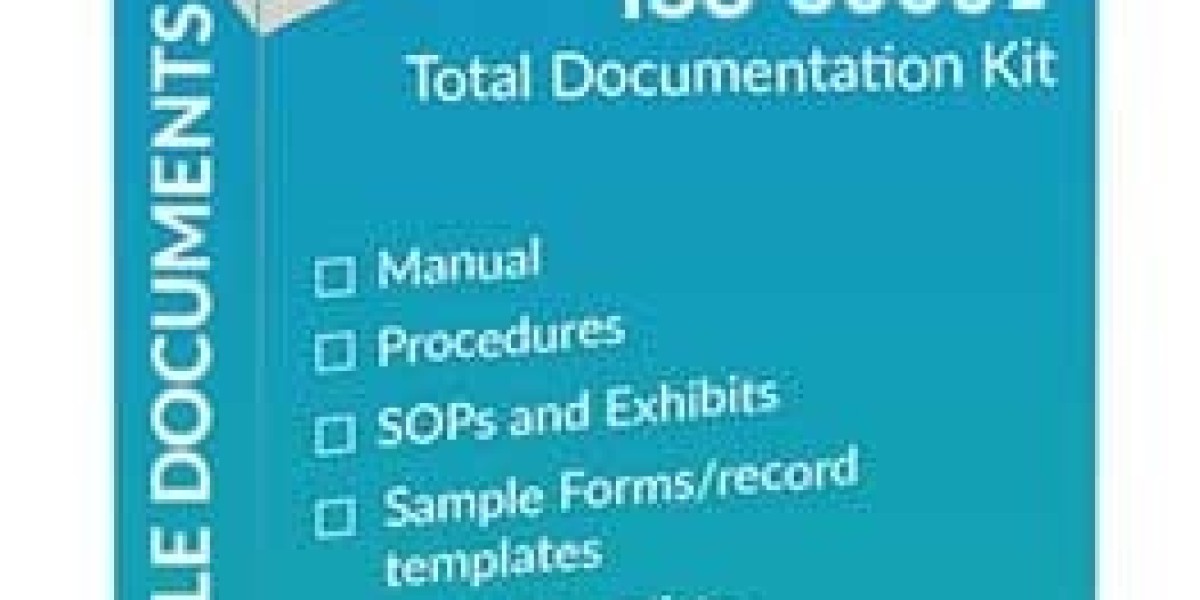Why Document Updates Are Important After Audits
Audits—whether internal reviews or external certification checks—identify compliance issues, process gaps, and improvement opportunities in a management system. But the process doesn’t end with the audit report: updating documentation after an audit is critical to address the findings and keep the system effective. In particular, for organizations using ISO 50001, timely updates to ISO 50001 documents—such as the energy policy, objectives, and procedures—ensure they reflect current operations and support continual improvement. Accurate, up-to-date documents help employees follow correct procedures and help the organization demonstrate that audit feedback is taken seriously. This not only satisfies audit requirements but also fosters a culture of continuous improvement and helps prevent repeat nonconformities.
Common Areas for Document Revision
Common documents to revise after an audit include:
- Policies and Objectives. If audit feedback or changes in strategy shift energy goals or commitments, update the documented policy and related objectives. Ensure these revisions are communicated to stakeholders.
- Procedures and Work Instructions. Revise any process documents or standard operating procedures that the audit identified as outdated or unclear. Ensuring these documents match actual practices helps prevent confusion and nonconformance.
- Energy Review and Planning Documents. Update energy review reports, baseline calculations, and planning documents if the audit identifies new significant energy uses or changes in performance metrics. Keeping these up to date supports accurate tracking of energy performance.
- Operational Controls and Checklists. Reflect any changes in operations or maintenance by updating control criteria, checklists, and logbooks. For example, if the audit finds a need for a new equipment control limit or inspection step, include it in the relevant documents.
- Roles and Responsibilities. Adjust organizational charts or responsibility matrices to align with any new or shifted roles (such as appointing a dedicated energy manager) identified by the audit. Clear responsibility assignments help the system function smoothly.
- Training and Competency Records. Ensure that updates to processes lead to corresponding updates in training materials and competency tracking. Staff training plans should reflect revised procedures so personnel remain competent in the updated system.
- Forms and Records. Modify data-collection forms, inspection logs, and reporting templates to capture any new information requirements. For example, if a new performance indicator is tracked, update logs and data sheets accordingly.
- Management Review Documents. Revise management review minutes and action plans to include the latest audit findings and the status of corrective actions. Documenting the closure of previous issues shows that the organization follows through on improvements.
Focusing on these common areas ensures the organization’s documentation accurately mirrors its actual operations and responds to audit observations.
Practical Steps to Keep Documentation Current and Compliant
A simple step-by-step approach can help manage post-audit updates:
- Review Audit Findings and Impacts. Gather the audit report(s) and flag all items related to documented processes. Identify which manuals, procedures, or records require changes based on each finding. This analysis helps prioritize updates by risk and importance.
- Plan and Assign Updates. Create a corrective-action plan or checklist for the needed document revisions. Assign responsibility for each update to the appropriate process owner or documentation specialist. Set deadlines and ensure the organization’s document control process is followed to manage the changes.
- Revise Documentation with Version Control. Make the necessary edits to each affected document—rewriting procedures, updating policies, or creating new forms as needed. Each revised document should carry a new revision number or date, and obsolete versions should be archived or clearly marked as superseded. Consistently following the established document control procedure (manual or electronic) maintains a clear revision history.
- Review and Approve Changes. Have the updated documents reviewed by relevant personnel and approved by management as required. For example, an updated energy policy typically requires top management sign-off in an ISO 50001 system. Record the approval to maintain an audit trail of changes.
- Communicate Changes and Train Staff. Distribute the updated documents to everyone affected by the revisions. Conduct training or briefings if needed so staff understand any new or changed procedures. Update training records to show awareness of the revised documentation.
- Monitor Implementation and Close Loops. Verify that the new or revised procedures are being used correctly, often during the next internal audit or routine inspections. Check that corrective actions from the audit have been fully implemented. Keeping documentation up to date as part of an ongoing review schedule (rather than only after audits) helps maintain compliance and readiness for future audits.
Conclusion
Organizations achieve stronger compliance and continuous improvement when their documentation reflects the latest processes, policies, and performance data. In the context of ISO 50001, demonstrating action on audit findings through updated documentation shows a commitment to energy management excellence. By systematically revising policies, procedures, and records as described above, organizations close the loop on corrective actions and strengthen their overall system. Keeping documentation current is a clear mark of professionalism and helps ensure that audits become opportunities for improvement rather than mere checkboxes. Updated ISO 50001 documents ensure that the energy management system truly drives efficiency and accountability.







